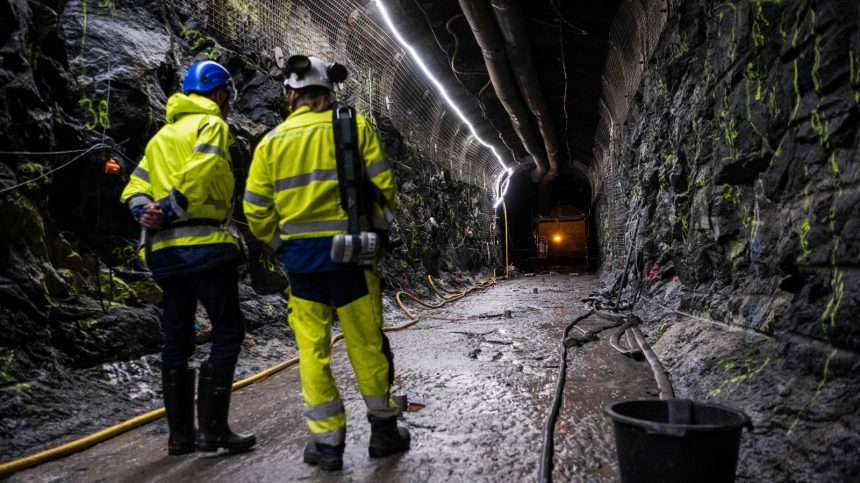The world’s first permanent depository for nuclear fuel waste is set to open later this year on Olkiluoto, an island in the Baltic Sea that is three hours north of Helsinki. Known as Onkalo, which means “cavity” or “cave” in Finnish, this facility is among the most advanced of its kind and has been designed for the crucial task of safely storing some of the most hazardous materials on the planet nearly 1,500 feet underground in a deep mined geologic repository.
The engineering required for this process is quite remarkable. It begins in an encapsulation plant where robots handle spent nuclear fuel rods and place them in copper and cast iron casks that can be up to two stories tall. Once filled, these heavy vessels, each weighing around 24 metric tons, are transported more than a quarter-mile underground in an elevator to a cavern carved out of 2 billion-year-old crystalline bedrock. The plan is for each tomb to hold 30 to 40 of these large containers surrounded by bentonite clay and sealed behind concrete to ensure safety. In total, as many as 3,250 canisters containing 6,500 metric tons of nuclear waste are expected to be stored deep beneath the surface in Onkalo.
The long-term nature of this storage solution is crucial due to the fact that the material produced by nuclear fission remains radioactive for thousands of years. Therefore, it is essential to dispose of it in a way that ensures it remains secure and hidden from future generations, natural disasters, or any other potential threat. The goal is for the facility to be completely hidden from view, even from future inhabitants or visitors.
While the technological aspects of building this type of facility may be complex, the real challenge lies in gaining the support of the community to host it. This process can take decades and is based on the principle that those who benefit from nuclear power should also participate in finding a solution for its waste. This idea, known as consent-based siting, is crucial as the world shifts away from fossil fuels and towards nuclear energy.
As the United States looks to expand its nuclear energy capacity, it is important to address the issue of radioactive waste disposal. While the country has lagged behind nations like Finland and Canada in this regard, there is a growing recognition of the need to prioritize this issue. The challenges of convincing communities to host such facilities and finding sustainable long-term solutions for nuclear waste are social and political as much as they are technological.






